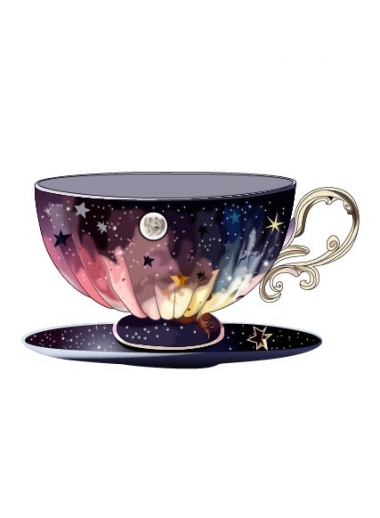2. Playing with Blurs and Opacity:
Blur effects are fantastic for guiding the viewer's focus and adding depth to your artwork. Softening backgrounds with Gaussian or motion blur helps emphasize the foreground elements, directing attention to the main subject. Combining blurs with opacity adjustments can create ethereal and dreamy visuals, perfect for surreal or romantic designs.
3. Exploring Gradient Meshes:
Gradient meshes provide an unparalleled level of realism and sophistication to vector illustrations. By placing a mesh grid over an object and adjusting the color points, you can achieve smooth gradients that blend seamlessly with the surrounding elements. When used in complex illustrations, gradient meshes bring life-like textures and nuances to your creations.

Unleashing the Potential of Filters:
1. Artistic Filters for Expressive Designs:
Filters open the door to a realm of artistic possibilities, allowing you to transform ordinary photographs into stunning artworks. Experiment with brush and pencil effects to lend a handcrafted touch to your designs. Distort and liquify filters, on the other hand, unleash abstract creativity and give your designs a unique twist.
2. Texture and Pattern Filters:
Flat designs can gain dimension and character through texture and pattern filters. Adding subtle textures can breathe life into seemingly plain backgrounds, making them visually captivating. Custom patterns created with filter effects offer endless design opportunities, ensuring that your work stands out from the crowd.
3. Advanced Blending and Transparency Effects:
Blending modes are a secret weapon for achieving captivating visual effects. By blending layers in different ways, you can create surreal or harmonious compositions. Leveraging transparency alongside filters opens up a world of possibilities, enabling you to craft glassy, frosted, or even translucent elements.
Tips for Efficient Workflow:
1. Non-destructive Editing with Effects and Filters:
To maintain flexibility and avoid irreversible changes, always work with non-destructive editing techniques. Use adjustment layers and smart filters, so you can modify or remove effects and filters without compromising the original artwork.
2. Organizing Layers for Easy Adjustments:
As your designs become more complex, staying organized is vital. Keep your layers well-structured, group related elements together, and label them appropriately. This organization streamlines the editing process and ensures smoother revisions.
3. Utilizing Smart Objects for Flexibility:
Converting elements into smart objects allows for easy scaling and transformation without losing image quality. Additionally, it permits you to apply filters non-destructively and make adjustments seamlessly.
Case Studies: Applying Advanced Effects and Filters in Real Designs:
1. Design 1: Illustrative Poster with Gradient Meshes:
In this case study, we'll create a captivating poster using gradient meshes to depict a stunning sunset scene. We'll explore how gradient meshes bring depth and vibrancy to the sky and the surrounding landscape, resulting in a mesmerizing visual experience.
2. Design 2: Photo Manipulation with Artistic Filters:
Get ready to witness the magic of artistic filters in transforming an ordinary portrait into a stunning work of art. Follow along as we apply various filters and unleash our creative instincts to craft an expressive and emotionally evocative masterpiece.
3. Design 3: Textured Logo with Blending and Transparency Effects:
In this case study, we'll design a unique logo that stands out with its dynamic textures and intriguing transparency effects. We'll delve into the art of blending layers and utilizing transparency to create a logo that leaves a lasting impression.
Conclusion:
By harnessing the power of advanced effects and filters, you can elevate your vector designs to new heights. These tools offer endless possibilities for creativity and expression, allowing you to craft visually stunning and emotionally captivating artwork. Embrace experimentation and push the boundaries of your imagination as you embark on your vector graphic journey. Let your designs shine and leave a lasting impact on your audience!



